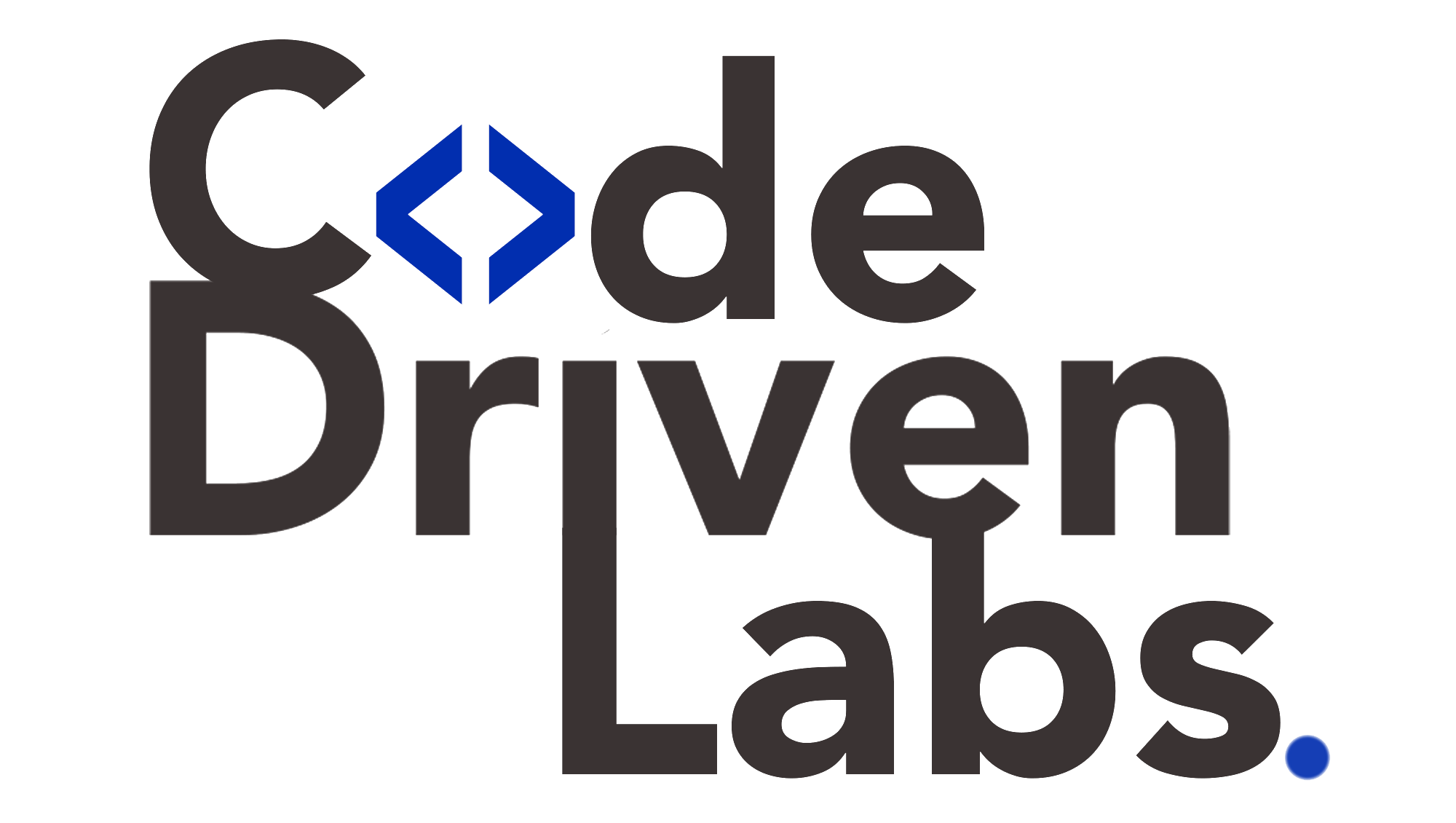Level up your business with US.
- Home
- Key Expectations and Pitfalls in the Project Discovery Phase
Key Expectations and Pitfalls in the Project Discovery Phase
July 4, 2025 - Blog
Key Expectations and Pitfalls in the Project Discovery Phase
Every successful software project starts with a clear understanding of what needs to be built, why it’s important, and how it should work. This is exactly what the project discovery phase is all about. It’s the process of gathering, analyzing, and refining information to define the scope, goals, requirements, and risks of a future product before jumping into design and development.
But despite its critical importance, many businesses underestimate the discovery phase — or skip it entirely — leading to missed expectations, costly rework, and failed launches.
In this article, we’ll cover what you should expect from a proper discovery phase, common pitfalls to watch out for, and how Code Driven Labs helps organizations navigate discovery to build projects on a solid foundation.

What Is the Discovery Phase?
The discovery phase is a structured period at the start of a project where stakeholders, designers, developers, and analysts work together to:
-
Understand the business context, goals, and challenges.
-
Identify and prioritize user needs and pain points.
-
Define clear project requirements, features, and workflows.
-
Assess technical feasibility and potential risks.
-
Create initial design concepts and architecture plans.
-
Estimate timelines, budgets, and resources required.
Why the Discovery Phase Matters
Skipping or rushing discovery can doom even the best ideas. A thorough discovery phase helps you:
-
Avoid building the wrong features.
-
Set realistic budgets and timelines.
-
Align stakeholder expectations from day one.
-
Minimize rework and scope creep during development.
-
Reduce project risk by identifying challenges early.
-
Deliver better products that meet user and business needs.
Research shows that correcting a requirement error during development can cost up to 100 times more than fixing it during the discovery phase.
Key Expectations in the Discovery Phase
When done right, discovery should deliver:
1. Clear Business Objectives
A discovery phase should begin with workshops or interviews to align everyone on why the project is being pursued, what success looks like, and which KPIs will measure it.
2. User Research
User-centered design starts with understanding your audience. Expect activities like:
-
Stakeholder interviews.
-
User interviews or surveys.
-
Market analysis.
-
Creation of user personas to represent key audiences.
3. Requirements Definition
Discovery should produce detailed documentation on what the product will do, including:
-
Functional requirements: what features the system should provide.
-
Non-functional requirements: security, scalability, performance needs.
-
User stories or use cases: how users will interact with the product.
4. Wireframes or Prototypes
Early wireframes or interactive prototypes help visualize workflows, test assumptions, and get stakeholder feedback before development begins.
5. Technology Assessment
Discovery should evaluate:
-
Technical feasibility of key features.
-
Potential integrations with third-party systems.
-
Architecture options.
-
Possible constraints due to legacy systems or infrastructure.
6. Roadmap, Budget, and Timeline
Finally, a well-run discovery phase results in a high-level project plan with estimated timeframes, costs, and resource needs — enabling informed decision-making.
Common Pitfalls to Avoid in Discovery
Despite good intentions, discovery often goes wrong. Here’s what to watch out for:
1. Lack of Stakeholder Alignment
If key stakeholders aren’t involved early, it can lead to conflicting expectations, miscommunication, and costly changes later. Successful discovery requires buy-in and participation from decision-makers, users, and technical teams.
2. Insufficient User Input
Assuming you know what users need — without actually asking them — leads to products that miss the mark. Failing to research real users’ problems can result in wasted investment.
3. Overcomplicating Requirements
Trying to specify every minor detail during discovery can bog down the process and delay progress. The goal is to define a clear vision and priorities, not to write an exhaustive spec on day one.
4. Ignoring Technical Risks
Discovery shouldn’t just be business-focused. Overlooking technical feasibility or integrations can cause painful surprises later, like realizing a critical feature isn’t practical or exceeds the budget.
5. Skipping Prototyping
Without early prototypes or wireframes, misunderstandings about workflows or design can persist until development — when changes are much more expensive.
6. Underestimating the Importance of Budgeting
Not clarifying budget constraints or funding limits during discovery leads to unrealistic plans. Discovery must align ideas with what can actually be built within available resources.
7. Neglecting Clear Documentation
A discovery phase that ends without thorough documentation can cause confusion, scope creep, and disputes over what was agreed upon.
How Code Driven Labs Helps You Run an Effective Discovery Phase
Code Driven Labs partners with organizations to ensure discovery isn’t just a formality, but a strategic investment that drives success throughout the entire project lifecycle. Here’s how they do it:
1. Collaborative Workshops
They facilitate engaging workshops with stakeholders to clarify business goals, map challenges, and align everyone on a shared vision.
2. Comprehensive User Research
Through interviews, surveys, and market analysis, they identify what users truly need — helping you build features that solve real problems.
3. Clear Requirement Gathering
Their analysts create structured documentation for functional and non-functional requirements, user stories, and acceptance criteria, ensuring everyone knows exactly what’s expected.
4. Rapid Prototyping
Code Driven Labs designs wireframes and interactive prototypes to visualize the product early, get feedback, and validate ideas before coding begins.
5. Technical Feasibility Analysis
Their architects assess technology stacks, integrations, and potential roadblocks, ensuring the project is feasible, scalable, and secure.
6. Realistic Planning
They develop high-level roadmaps, timelines, and budget estimates so stakeholders understand the project’s scope and investment requirements.
7. Transparent Communication
Their team prioritizes clear, open communication throughout discovery, sharing insights and updates so there are no surprises later.
8. Tailored Discovery for Any Project
Whether launching a SaaS platform, mobile app, or complex enterprise system, Code Driven Labs adapts their discovery process to your industry, goals, and budget.
Benefits of a Successful Discovery Phase with Code Driven Labs
By investing in a professional discovery phase, you:
-
Reduce the risk of project failure.
-
Minimize costly changes during development.
-
Build stakeholder confidence.
-
Shorten time to market by clarifying requirements upfront.
-
Increase user satisfaction with a product that truly meets their needs.
Final Thoughts: Don’t Skip Discovery
The discovery phase is your opportunity to set the stage for project success. It helps you align business objectives, clarify requirements, reduce risks, and plan realistically — saving time and money later.
With Code Driven Labs as your partner, you’ll gain the confidence of starting every project on a solid foundation, supported by experienced analysts, designers, and technical experts who know how to turn ideas into reality.
